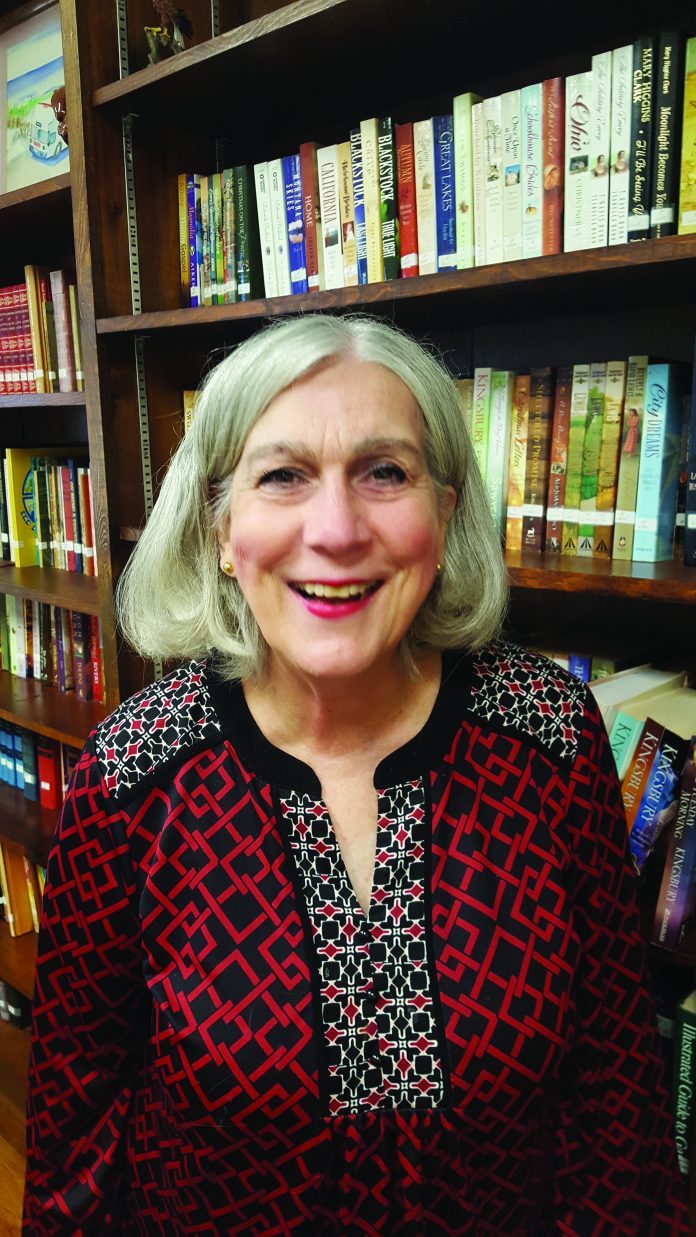By Beth Pinyerd
Your children and grandchildren have waited for nine months to get a good old summer break!
Schools maintain a consistent schedule for students during the regular school year.
It is total busyness during nine months out of the year for we parents, grandparents and caregivers.
A week or two into summer break and you might hear your child say, “I am so bored!” Instead of quickly trying to pay and plan something to keep your child or children entertained, the summer is a time for we as parents to assess and truly encourage creativity in our children.
During many years of teaching and babysitting, I’ve learned that children truly enjoy and learn so much by expressing their own creativity over many hours. This summer, I am so amazed at the creative Play-doh masterpieces my children are creating.
Part of the joy of creativity is sharing with others! Each child is so unique in the way they think and create. As their teacher, I take pictures of their art so we can share later on too!
In working with young children, I am never ceased to be amazed that I can give children a construction paper shape and they can draw houses, people, cars or rockets just around a simple shape. Every early childhood teacher can tell you they have quite an array of Kleenex flowers, masterpieces full of glue and different odds and ends made with love and many teacher portraits signed or scribbled “I love you.”
When we think of children expressing their creativity, it’s just not drawing, cutting and gluing. Creativity is a foundation block for a child in solving problems, expressing their thoughts, using critical skills or divergent thinking.
The seed of creativity begins when a child is an infant. When rocking a baby, one can notice how a young baby’s eyes are constantly looking around, exploring a person’s face or a room or grabbing a parent’s finger or object.
From infancy on, children explore their environment by touching, handling and looking at things. Free play is a wonderful avenue for children to express their creative skills.
Children are not taught to be creative, this is expressed naturally. They are already creative.
We as teachers and parents have to provide materials and resources, time and encourage young children to express their creative skills.
Creative freedom in childhood leads to creativity in adulthood.
A person expresses creativity in areas they have interests and strengths in. A young child may lean toward music, language expression, art, math, etc. If these strengths are encouraged, nourished or nurtured in childhood, that same creativity is enhanced as an adult.
Tips that I have learned over the years as a teacher, mom, as well as from other teachers is:
You cannot force creativity in a young child. When I give young children coloring sheets, if one asks me if they can turn their page over and draw and color their own picture, I do not stop them from doing this. Creativity is not coloring within the lines of prepared pictures. Coloring prepared pictures comes under “can my child follow directions?” When an adult tells a child what to do step-by-step, it is not letting a child be creative. This cramps creativity from a young child because they are dependent upon your directions and instructions.
Creativity is reinforced when a child is allowed to “link” or make connections from their bodies to touch, see and feel things. This is the way we embark on creativity in exploring and experimenting things as well as circumstances in the environment. Safety has to be overseen and emphasized.
Drawing skills are developmental. When your toddler scribbles and loves to use different colors with lines, this is their way of expressing themselves. Sometimes we may find masterpieces on our wall or furniture so be sure you have washable crayons, markers around the house. As children turn ages three, four or five, encourage them to explain and tell stories of their pictures. Keep in mind that children develop at different rates.
Free play needs to be encouraged. As parents and grandparents we need to get down on the floor to play with our young child.
Always keep a supply of markers, crayons, paper, scraps of cloth, toilet tissue tubes, string, buttons, beans, seeds, old gift wrap or empty egg cartons around the house that children can safely take apart and put back together for their creations.
Spending time with your children and talking to them ignites that spark of creativity. Don’t criticize or evaluate a child’s free creation. Let them freely express themselves with creativity – they are allowed to make mistakes and break rules.
Have a spot in the corner of your house where children are allowed to make a mess. You can even title it “Creation Corner.”
Pinyerd has taught young children in the early childhood classroom for 34 years as well as outreaching to the elderly in intergenerational settings. She has taught and outreached in the schools in Opelika and Baldwin County. She holds a master’s degree in early childhood education as well as a bachelor’s degree in family and child development both from Auburn University. Her husband is the late Carl Pinyerd and she has one son, Gus Pinyerd who has taught her so much about learning. Classroom Observer is here to serve the community in sharing the wonderful teaching programs in our local public schools, private schools, and homeschools. The column is provided to enrich the education of our children, youth, and families. Classroom Observer welcomes educational news, school news, pictures, and events by e-mailing her at donnapinyerd@charter.net.

